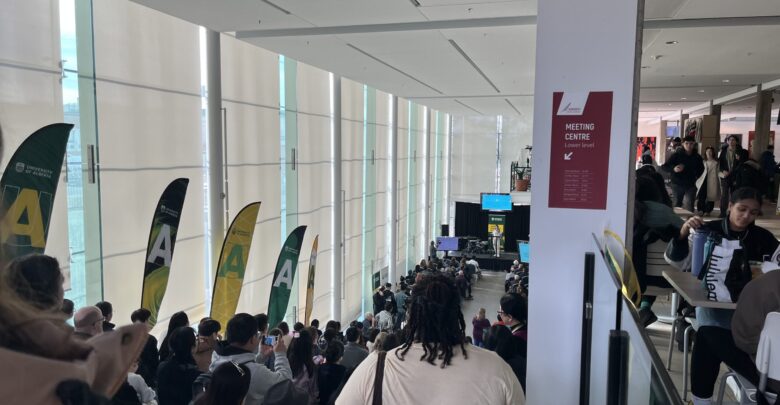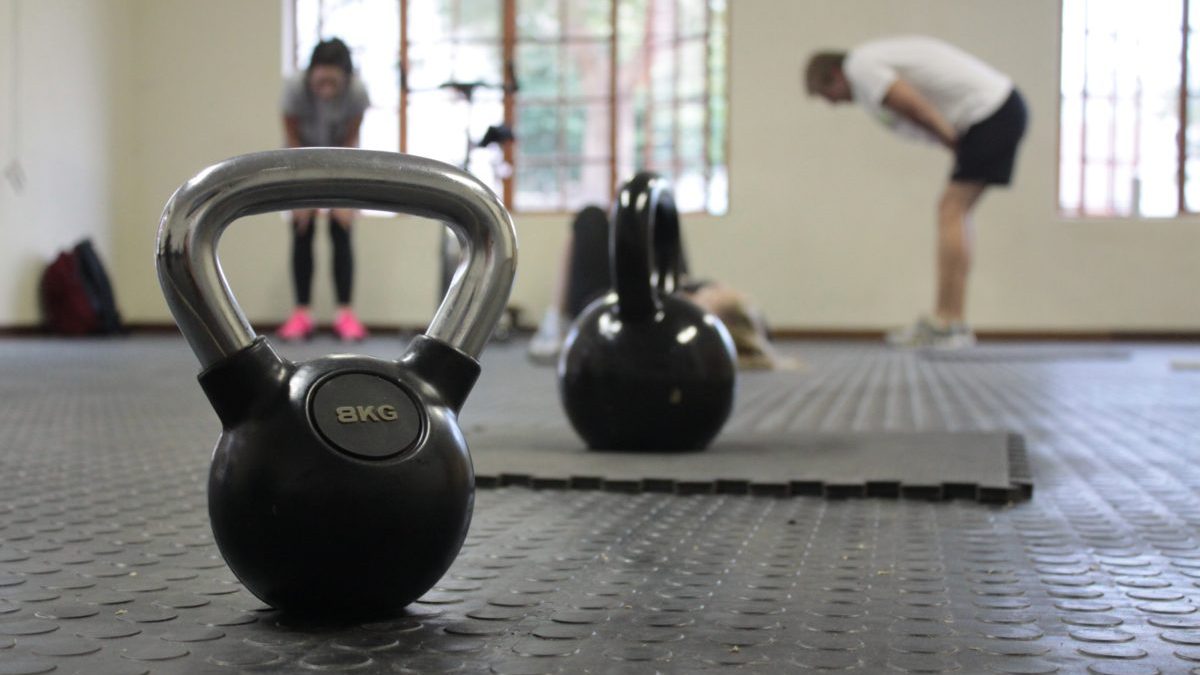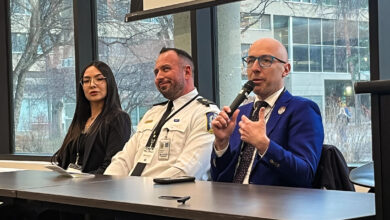U of A launches SEAP, 3-year action plan to enhance student experience
The plan targets campus accessibility, academic flexibility, and student supports as areas for growth.
 Jonas Smith
Jonas SmithOn January 31, over 100 students gathered in the Students’ Union Building (SUB) atrium to attend the University of Alberta’s launch event for Igniting Purpose: The Student Experience Action Plan (SEAP). The 3-year action plan aims to bolster the student experience by enhancing campus accessibility, safety, and academic supports.
According to the plan, SEAP is also “critical” to delivering on SHAPE: The University Strategic Plan — specifically, its pillar of “Education with Purpose.” The strategic plan aims to boost enrolment at the U of A by 16,000 students in 10 years.
SEAP’s project team included students, faculty, and staff. Melissa Padfield, deputy provost (students and enrolment), led the development of the action plan.
Initiated in January 2023, the plan was created by consulting the university community through over 100 engagement sessions between January and August. This included an instructor feedback form, as well as a student survey which garnered over 8,000 responses in April 2023.
SEAP allocates funds to building renovations, cleaning standards, expanded clinical staff
During her address, Padfield spoke on some of the early outcomes set forth by SEAP. These “range from prioritizing and creating safe, beautiful, and accessible spaces, to enabling academic agency and flexibility,” she said.
One of SEAP’s initiatives is to allocate $720,000 to renovate three classrooms within the Tory Building in the summer of 2024.
“Students have told us about the importance of having a learning environment that is accessible,” Padfield said. “[Renovating] these large capacity classrooms will include levelling the tiers, installing new furniture and light, and increasing capacity. Which will improve the accessibility and size of these spaces for more students.”
Padfield noted that students, instructors, and staff have “commonly cited cleaning standards as negatively impacting their overall experience.” For the winter 2024 term, the university has piloted increased cleaning standards in learning spaces and common areas across all U of A campuses.
In addition, Padfield said that in an upcoming survey in spring 2024, SEAP’s project team will determine the impact of these increased cleaning standards, to plan for future investment as the U of A grows its student population.
Furthermore, Padfield mentioned plans to expand the capacity of counselling and clinical services to better cater to student needs.
“We’ve heard stories from students that included frustrations with long wait times to access our counselling services,” she said. “In order to address this need — starting immediately — counselling and clinical services will begin to grow their capacity from 14 to 22 clinicians.”
The U of A is also adopting a new “stepped care model” to improve access to counselling services. A stepped care model connects students to the appropriate level of mental health support.
“We have an opportunity to get better while we get bigger,” Padfield says
In regards to targeting academic agency and flexibility, Padfield mentioned that the Office of the Registrar will “spear-head” a new online scheduling tool called My Schedule Builder for students to register in their classes starting March 2024. This tool will “replace the scheduling functionality in BearTracks, and help address the challenges students identify with their course registration process.”
“83 per cent of our students told us that a user-friendly course registration process is important and critical to their student experience,” Padfield said. “My Schedule Builder is an intuitive system that allows students to easily build schedules that can align with their program requirements, and balance their co-curricular and extracurricular activities.”
Lastly, Padfield encouraged students, faculty, and staff to sign SEAP’s charter, “to uphold [their] principles of connection, exploration, and challenge, in support of a positive and student-centred environment.”
“We have an opportunity to get better while we get bigger,” Padfield said. “Now it’s up to us individually and collectively to do it. And alongside our exceptional students, instructors, staff, and alumni, we will make this a reality.”
Student feedback used to target areas for growth
In an interview with The Gateway, Padfield said that in order to decide upon areas for growth, such as renovations to the Tory Building, SEAP targets students’ priorities. The project team then identifies specific areas which are ready for change.
For example, Padfield said that SEAP identifies accessibility in learning spaces as a “key priority.” The U of A’s Facilities and Operations can identify classrooms to rehabilitate into more accessible spaces. SEAP’s project team can then allocate funding to renovate those spaces.
Lastly, Padfield expressed “deep gratitude” for U of A students who showed up to the event.
“We have the best students in the entire world,” she said. “The fact that they came with trust, generosity, and thoughtfulness to this process — and an honesty that helped us to do better. It’s just something I can never overstate my gratitude for. I’m so excited about what we’re going to build.”
Administration doesn’t want to “lose students” as they strategize student expansion in SHAPE
President and Vice-chancellor Bill Flanagan attended the launch event. Flanagan told The Gateway that students “leapt to the opportunity and really engaged [in SEAP], right from the outset.”
“Everything that you see in SEAP reflects student collaboration,” he said.
In addition, Flanagan mentioned that having a positive impact on students is a “key part of SHAPE, and SEAP is all about the student experience.”
“The two really dovetail beautifully together — one supports the other,” Flanagan said. “That really demonstrates our commitment to doing all we can as an instruction to support our students, and provide an outstanding student experience.”
Dr. Verna Yiu, provost and vice-president (academic), told The Gateway that she encouraged Padfield to undertake SEAP, because she felt “student experience was such an important aspect of [the U of A’s] core mission.”
As the U of A works on their strategic plan, SHAPE, Dr. Yiu wants to ensure that the university doesn’t “lose the students, as [they] think about expansion,” she said.
“If we really want to be true [and] authentic for what students want, they have to be at the table … at the time of creation. Not after that.”
“We’re really excited to move into the implementation stage,” UASU Vice-president (student life) says
The U of A Students’ Union (UASU) was one of the co-creating bodies on SEAP’s project team.
The Gateway asked Michael Griffiths, UASU vice-president (student life), for his thoughts on the action plan.
Griffiths said that the plan “is a really good way to map out what student priorities are for the year.” He said the UASU is looking forward to the implementation stage.
“All the changes that we’ve identified need to start getting [implemented], and really improving the lives of students.”
Griffiths said some concerns he has received from students were reflected in the plan. According to Griffiths, students have told the UASU that clinical and counselling services are “overwhelmed.” The UASU also relayed concerns related to cleaning standards and academic accommodations to administration.
“The plan really holistically brings together a lot of what we’ve heard from students,” Griffiths said. “We’re really excited to move into the implementation stage.”




